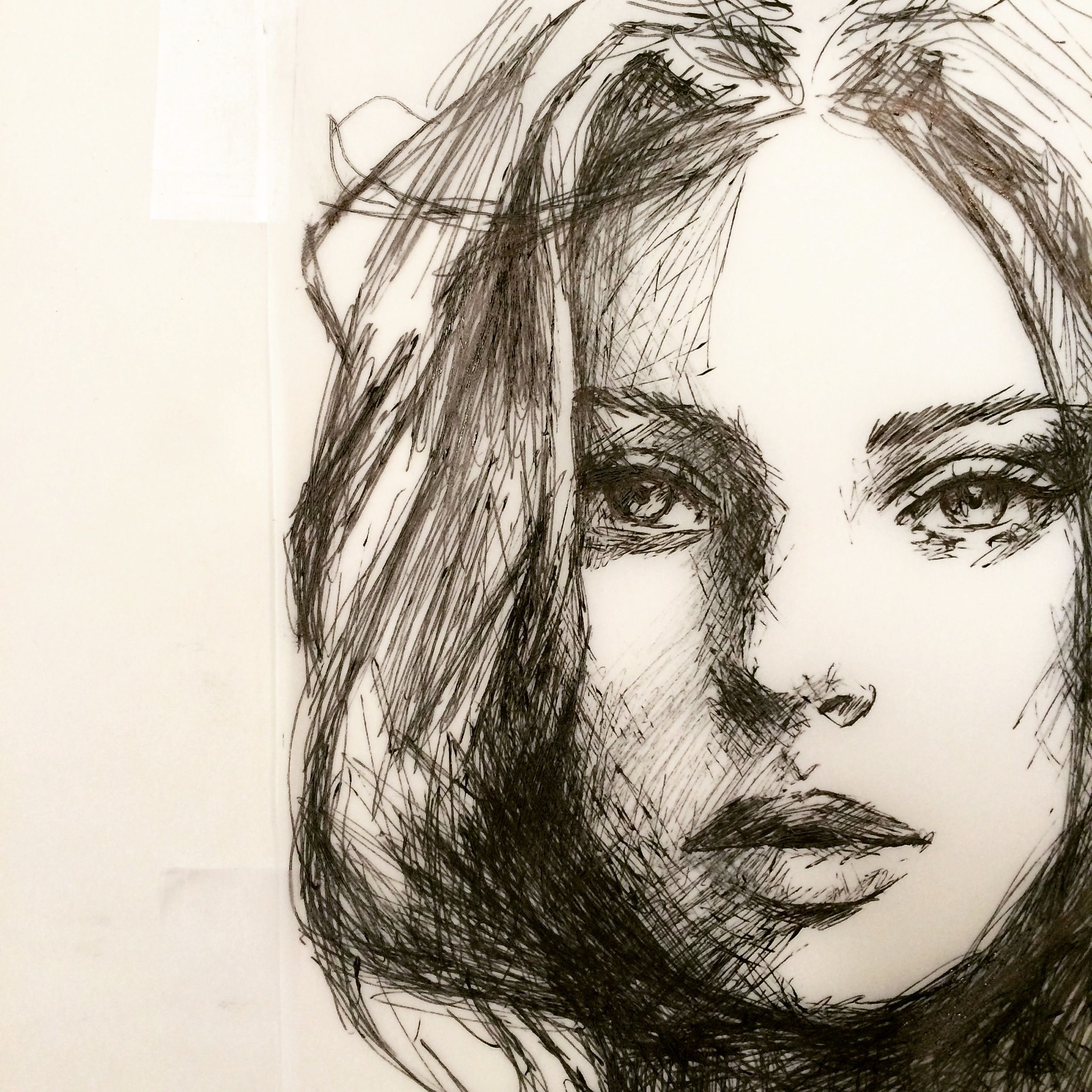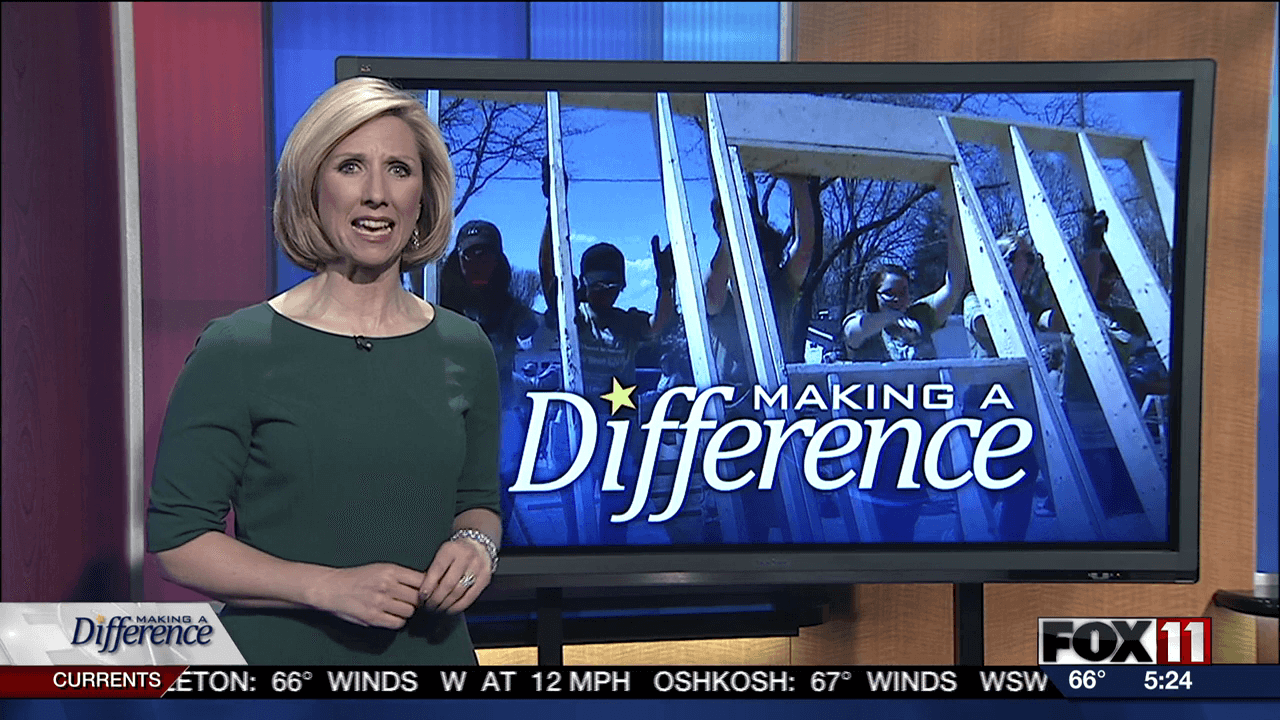Patronage of the Arts: How Supporters Shaped Artistic Evolution
The evolution of arts patronage throughout history
Patronage has been the lifeblood of artistic creation for centuries. Without financial support from wealthy individuals, religious institutions, governments, and communities, many of the world’s greatest artistic treasures might ne’er have existed. The relationship between patrons and artists has evolved dramatically over time, reflect change social structures, economic systems, and cultural values.
At its core, patronage represent more than scarce financial transactions — it embodies complex relationships of power, prestige, and creative freedom that have shape artistic development across cultures and eras.
Classical patronage: Ancient Greece and Rome
In Ancient Greece, wealthy citizens support artists as a means of civic duty and personal prestige. The concept of liturgy — where wealthy citizens fund public works and festivals — create opportunities for sculptors, architects, and performers. These early patrons commission works that celebrate civic identity and religious devotion.
Roman patronage expand on this model, with patrician families and emperors support artists who could immortalize their achievements. The client patron relationship (cclientele)become a fundamental social structure, with artists ofttimes depend on noble households for their livelihood. Emperor auAugustusplendidly employ viVirgilnd hoHoracesupport literature that reinforce his political agenda while create endure masterpieces.
Medieval religious patronage
During the Middle Ages, the Catholic Church emerges as the dominant patron of the arts. Monasteries preserve classical knowledge while commission illuminate manuscripts. Cathedrals become showcases for artistic innovation, with patrons fund stain glass, sculpture, and architectural marvels.
Religious patronage serve multiple purposes:
- Glorify god through beauty
- Teach biblical stories to illiterate populations
- Demonstrate the patron’s piety and secure divine favor
- Establish legacy and remembrance through commission works
Individual donors oftentimes appear in religious paintings, sometimes depict as witnesses to biblical scenes — a practice that connect patronage with devotion and immortality.
The renaissance: the golden age of individual patronage
Perchance no period demonstrate the power of patronage more clear than the renaissance. In Italian city states like Florence and Venice, wealthy merchant families compete to support the virtually talented artists, create an unprecedented flourishing of creativity.
The Medici family of Florence exemplify renaissance patronage at its virtually influential. Their support nurture artists include Botticelli, Michelangelo, and Leonardo da Vinci. Lorenzo de’ Medici, know as” lLorenzothe magnificent, ” reate an environment where artists could experiment with new techniques and subjects while enjoy financial security.
Renaissance patronage operate through several models:
- Commission works: Specific pieces order for particular spaces or purposes
- Retainers: Regular stipends that allow artists to work solely for a patron
- Court positions: Formal roles that provide status and stability
- Competition: Contests that identify talented artists for future commissions
While patrons dictate many aspects of commission works, include subject and materials, the renaissance besides see grow recognition of artistic genius. This tension between patron authority and artistic autonomy create a dynamic that push creative boundaries.
Royal patronage and court culture
As nation states consolidated power, royal courts become centers of artistic production. Monarchs like Francis i of France, Philip iv of Spain, and Louis xiv transform patronage into expressions of national identity and royal authority.
Louis xiv’s creation of the royal academy of painting and sculpture institutionalize patronage, establish standards and hierarchies that would influence artistic development for generations. By control artistic production through official academies, monarch shaped national aesthetics while provide structured support systems for artists.
Court painters like Diego Velázquez and Anthony van deck enjoy privileged positions, create iconic royal portraits while help to craft visual representations of power. These artists balance artistic innovation with the practical demands of their royal patrons.
The aristocratic patron and the grand tour
In 18th century Europe, aristocratic patronage expand through the tradition of the grand tour. Young noblemen, peculiarly from Britain, travel through Europe collect art and commission works. This practice create an international market for paintings, sculptures, and decorative arts.
Patrons like sir William Hamilton collect antiquities and support artists who could recreate classical aesthetics. The relationship between British aristocrats and Italian artists like Canaletto demonstrate how patronage create cultural exchange and influence national tastes.
Aristocratic women besides play crucial roles as patrons, with figures like Catherine the great of Russia assemble remarkable collections that form the foundations of national museums. Their patronage ofttimes support portraiture and decorative arts that transform domestic spaces into showcases of taste and refinement.
The rise of public patronage
The 19th century witness a gradual shift from individual to institutional patronage. Governments progressively recognize the importance of the arts in build national identity and prestige. Public museums, concert halls, and theaters create new spaces for artistic expression with broader accessibility.
The salon system in France exemplify this transition, with state sponsor exhibitions determine artistic success. While offer more democratic access to patronage, these systems oftentimes enforce conservative artistic standards — lead to tensions with avant-garde movements.

Source: kiwanismagazine.org
In the United States, civic minded industrialists like Andrew Carnegie and j.p. Morgan combine European collecting traditions with American philanthropic ideals. Their donations establish museums and libraries that democratize access to art while shape public taste.
Corporate patronage and modern philanthropy
The 20th century see corporations emerge as significant patrons. Companies like IBM, chase Manhattan bank, and subsequently tech giants assemble important collections that reflect corporate identity while support contemporary artists.
Corporate patronage typically operates done:
- Direct acquisition of artwork for corporate spaces
- Sponsorship of exhibitions and performances
- Artist in residence programs
- Arts focus foundations and grants
Simultaneously, private foundations transform individual wealth into structured support systems for the arts. The ford foundation, Rockefeller foundation, and others create grant programs that support artistic innovation while address social concerns.
Tax incentives for charitable giving have importantly shape modern patronage, encourage donations to nonprofit cultural institutions. This system create complex relationships between private wealth, public benefit, and artistic direction.
Government support and cultural policy
Different nations have developed distinctive approaches to public arts funding. European models typically provide substantial direct government support, with institutions like the arts council in thUKuk and the ministry of culture iFrancece allocate significant resources to artists and organizations.
The United States have historicallyfavoredr a mixed model, with limited direct funding through the national endowment for the arts complement by tax incentives for private giving. This approach refleAmericancan values regard the relationship between government, private enterprise, and cultural expression.
Public patronage raise fundamental questions about artistic independence, accessibility, and representation. When governments fund the arts, debates needs arise about which artists and traditions deserve support — and who should make those decisions.

Source: 500wordsofsomething.com
Democratization of patronage in the digital age
The internet has revolutionized patronage by create direct connections between artists and supporters. Platforms likePatreonn, kickstarter, andKOophii enable artists to build communities of patrons who provide recur financial support.
This democratized model offer several advantages:
- Artists can find niche audiences without institutional gatekeepers
- Supporters can direct influence creative development
- Recur small donations can provide sustainable income
- Direct communication create meaningful connections between artists and patrons
NFTs (nnon-fungibletokens )represent the latest evolution in digital patronage, create new models of ownership and support for digital artists. While controversial, these technologies demonstrate how patronage continue to adapt to change technological and cultural landscapes.
The psychology of patronage
What motivate patrons to support the arts? Throughout history, several consistent factors emerge:
- Status and prestige: Association with artists enhance social standing
- Legacy building: Create last cultural contributions
- Personal taste: Support art that resonate emotionally
- Community investment: Enrich share cultural environments
- Ideological expression: Promote particular values or perspectives
Modern research suggest that arts patronage activate pleasure centers in the brain similar to those involve in direct creative expression. By support artists, patrons experience vicarious creative fulfillment while build meaningful relationships with creators.
Patronage and artistic independence
The tension between financial support and creative freedom remain central to discussions of patronage. While support enable artistic production, it can besides constrain expression when patrons impose their preferences or values.
Throughout history, artists have developed strategies to maintain independence while secure necessary support:
- Develop diverse funding sources to avoid dependence on single patrons
- Build reputations that increase bargaining power
- Incorporate patron requirements while preserve artistic vision
- Create additional works outside commission projects
Some of history’s virtually significant artistic innovations emerge from this productive tension between patron expectations and artistic ambition.
The future of arts patronage
Contemporary patronage continue to evolve in response to technological, economic, and cultural changes. Several trends suggest future directions:
- Hybrid funding models That combine traditional patronage with crowdfunding and subscription services
- Algorithmic patronage Through streaming services that distribute resources base on engagement metrics
- Community center support That emphasize local cultural development and accessibility
- Impact focus patronage That connect artistic support with social and environmental goals
As these models develop, the fundamental relationship between those who create art and those who support its creation continue to shape cultural evolution — precisely as it’s for millennia.
Conclusion: the enduring importance of patronage
From the Medici to medicaid, from royal courts to kickstarter campaigns, patronage remain essential to artistic creation. While its forms have evolved dramatically, the core exchange — financial support that enable creative expression — continue to produce cultural treasures that enrich human experience.
The virtually successful patronage relationships throughout history have balance respect for artistic vision with practical support, create environments where creativity can flourish. As we consider the future of arts funding, these historical lessons remind us that meaningful patronage require more than money — it demands engagement, respect, and share commitment to cultural values.
Whether through tax-deductible donations to major institutions, monthly support on digital platforms, or government funding programs, modern patrons participate in a tradition that connect them to supporters of creativity throughout human history. Their contributions ensure that artistic expression continue to evolve, challenge, and inspire future generations.



